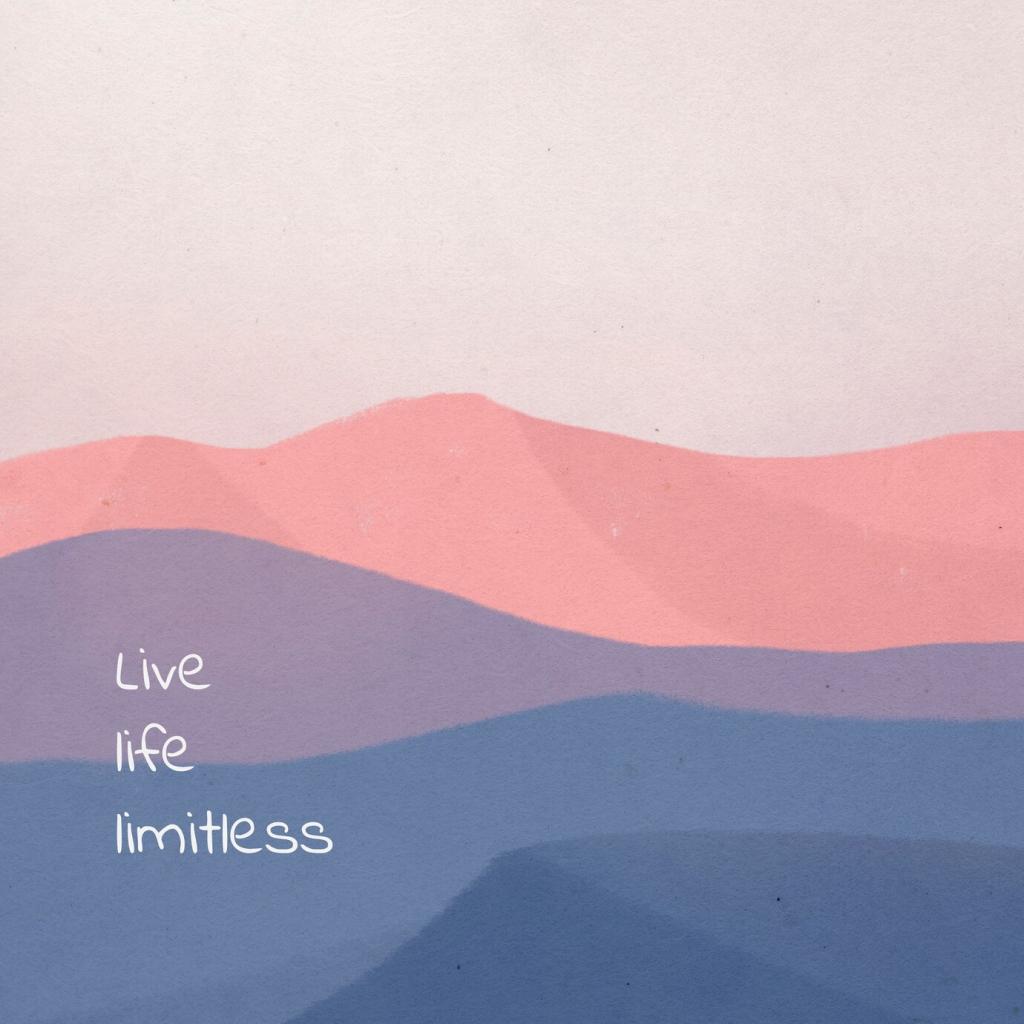
Awaken Calm: A Minimalist Journey Through Zen Gardens
Selected theme: “Zen Gardens: A Minimalist Approach.” Step into contemplative landscapes shaped by stone, sand, and silence—where deliberate subtraction reveals meaning, and every gesture invites calmer, clearer attention. Subscribe and explore with us.
Foundations of a Minimalist Zen Garden
Emerging in Japan’s Muromachi period, karesansui dry gardens distilled Rinzai Zen ideas into stone and raked gravel. Temples like Ryōan-ji and Daitoku-ji show how minimal form can focus a wandering mind and steady breath.
Foundations of a Minimalist Zen Garden
Instead of asking what to add, we ask what to remove. By stripping color, clutter, and even water, a Zen garden directs attention toward form, texture, shadow, and breath. What would you remove first? Tell us below.





Composing Calm: Asymmetry, Balance, and Flow
Balanced tension feels alive. A large anchoring rock offset by two smaller companions creates dynamic equilibrium, echoing wabi-sabi—beauty found in imperfection, impermanence, and weathered surfaces. How do you balance uneven elements in your space?

Shakkei: framing the distant
Borrow a neighbor’s pine or a skyline by aligning sightlines and keeping fences low where views are worthy. What lies beyond becomes a quiet collaborator, extending your minimalist canvas without adding clutter. What view would you frame?
Walls, fences, and screens
Earthen walls and simple bamboo screens mute noise and color. Their textures catch light softly, providing a calm backdrop so stones speak clearly and raked gravel reads as deliberate, not decorative. Which boundary feels most calming to you?
Quiet sounds, mindful choices
While classic dry gardens avoid water, nearby features—like a discreet suikinkutsu or bamboo whisper—can soften urban noise. Use sparingly so sound supports contemplation, not competition. Comment if sound has ever improved your focus outdoors.

Morning raking ritual
Ten quiet minutes with a wooden rake recalibrates the day. Tracks of birds, wind, and footsteps become prompts for gratitude as patterns dissolve and reappear under attentive, unhurried hands. Will you try a week of morning raking?
Seasonal adjustments
Autumn leaves on gravel are not enemies; they are lessons in letting go. Winter snow outlines form; spring moss wakes. Adjust patterns and priorities to honor these rhythms. Share your seasonal ritual in the comments.
Tools, posture, and breath
Choose light rakes, a bamboo broom, and kneeling pads. Keep the spine long, breathe steadily, and let hands move from the center—practical ergonomics that double as mindfulness training. What tool feels essential in your routine?
Small Spaces, Big Stillness: Apartment and Desk Zen Gardens
Tray gardens for focus
A shallow tray with sand, three stones, and a twig becomes a portable retreat. Rake a pattern before calls, reset after. Notice how small rituals anchor attention and improve patience. Subscribe for our weekly tray pattern prompts.
Balcony corners that breathe
Use one feature rock, a pot of dwarf pine, and a gravel-filled planter. Mind load limits, protect drains, and keep lines simple. Evening light completes the scene, turning quiet into gold. Post your balcony layout ideas below.
Shared office rituals
Invite teammates to make one raking pass each morning. This tiny ceremony reduces friction, sparks conversation, and turns a workspace from hurried transit into deliberate beginning. What office ritual could bring calm to your day?

This is the heading
Lorem ipsum dolor sit amet, consectetur adipiscing elit. Ut elit tellus, luctus nec ullamcorper mattis, pulvinar dapibus leo.

This is the heading
Lorem ipsum dolor sit amet, consectetur adipiscing elit. Ut elit tellus, luctus nec ullamcorper mattis, pulvinar dapibus leo.
